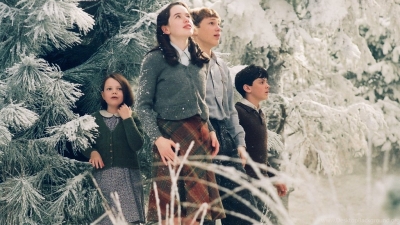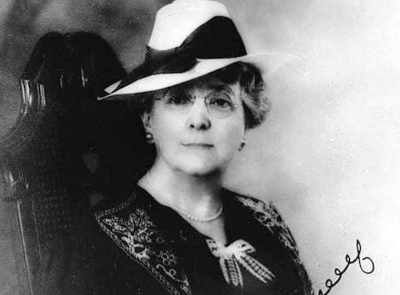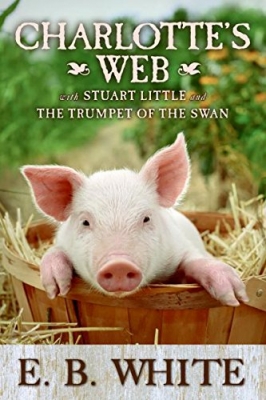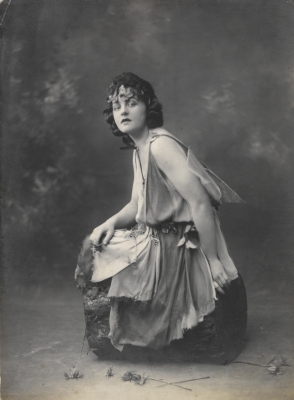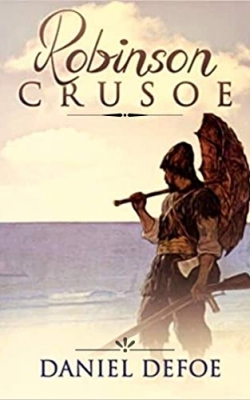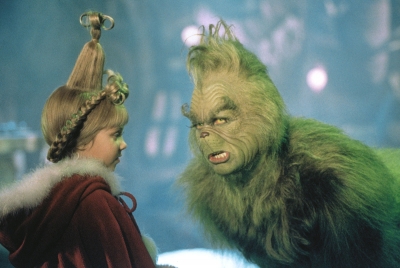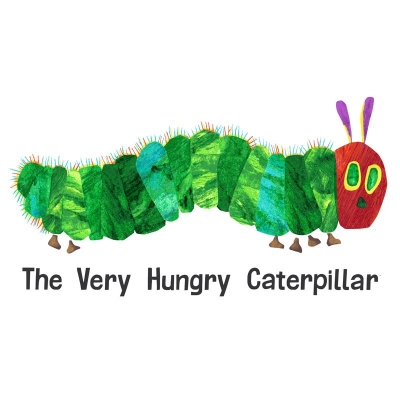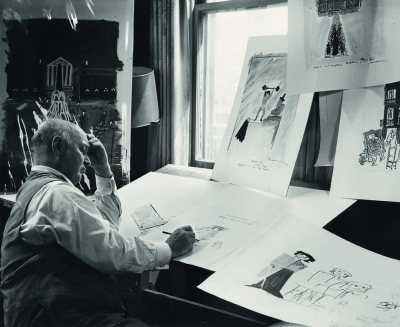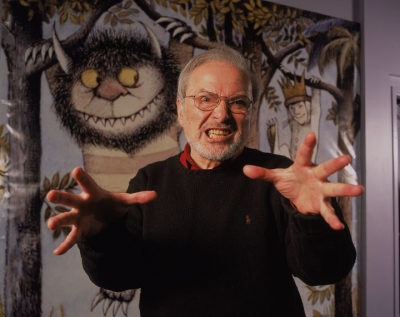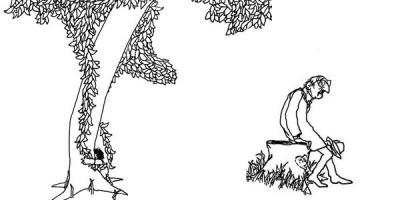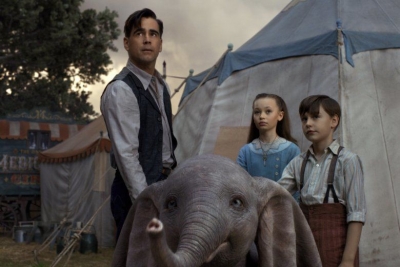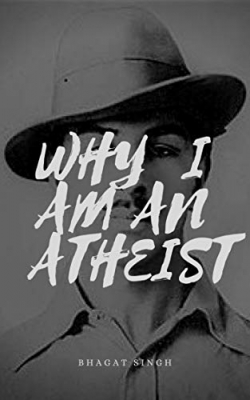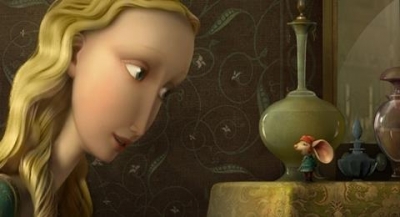Which are the children’s favourite friendship characters from books?

"Angry River"
The bond between Sita and Krishna in the "Angry River' by Ruskin Bond inspired me the most. Bond writes about how one should develop a sense of comraderie. The story shows us how one should not lose hope in dark times and endure their struggle to reach our goals. The book motivated me to not to lose hope, be helpful and focus on our goals no matter what the situation.
Awesome Threesome
Harry, Hermione and Ron the mischievous trio use their wits to overcome evil. Together these friends, belonging to the wizarding world, face seven deadly adventures to fight the evil Lord Voldemort. No matter how hard and dangerous it gets, they never leave each others side. Harry met Ron in the Hogwarts Express, where they shared candy and their bond remains sweet to date. Hermione's caring nature was evident when she came inside their cabin to tell them to put on their robes. When they reached Hogwarts, Draco Malfoy told Harry not be friends with Ron and Hermione but he declined as they had already started understanding each other. In the last film, Ron left Hermione and Harry while finding Horcruxes. When he came back, he told them how he regretted it. This kind of friendship is extremely hard to find. We should learn from them and always stick together and have each other's back.
Standing up against evil
I like the friendship between the characters Richie Tozier and Eddie Kaspbrak in the horror-thriller "IT" by Stephan King. The reason why I love them so much is that they are always there for each other. Even though there is an evil clown trying to kill them, they don't lose hope. Richie likes to tease Eddie a lot, and though he acts like he doesn't, Richie knows deep inside that Eddie enjoys it. Towards the end, Eddie sacrifices his own life without any hesitation to save Richie from the evil clown.
A merry bunch
The friendship between Merry and Pippin from "The Lord of the Rings" is one of my favourites. The duo are already friends when the story starts. They are humorous and have good "hobbit sense". They stumble into heroism by virtue of their loyalty and friendship. They are loyal to Frodo and several others they meet along their journey. So, that's why I admire Merry and Pippin. They're willing to make huge sacrifices for the people they care about. They are a wonderful team. They are courageous and valiant.
Harry, Ron, and Hermione
The friendship between Harry, Ron and Hermione of the "Harry Potter" series inspired me. I have often felt that this is how friendship should be. Throughout the novel there are many adventures and obstacles for Harry to face, but Ron and Hermione are always besides him. They protect him in any circumstances. The adventure would never be interesting without them. They all love each other and remained as best friends forever. Indeed, their bond of friendship cannot be broken even by waving your wand and uttering the most powerful spell.
An unbreakable bond
The protagonists and deuteragonists of many books and movies are shown as friends. The best example of such friendship according to me is the friendship. Percy Jackson and Grover Underwood in the series "Percy Jackson And The Olympians". Their strong bond of friendship is highly motivating. They even tried to sacrifice their own lives for the benefit of the other. One such situation is when Grover volunteers to stay in the underworld and sacrifice his life to retrieve Percy's mother. Even if this is a fictional account, their friendship is motivating for me
Happy Prince
"Happy Prince" is short story by author Oscar Wilde. It revolves around a statue of a prince named Happy. He had never experienced sadness. However, when he turned into a statue, situated in the centre of the town, he able to see what was going on his country. He finally understood that sadness and happiness are also parts of our lives. He desperately wanted to help the people who were poverty-stricken. A swallow who was in the middle of travelling to Egypt, decides to rest under the statue. Suddenly, a few drops of water fall on her, but when she looks up the sky is clear. Later, she realises that the drops were the tears of the statue. When she asks him why he is crying, the statue asks her for a favour. He wants the swallow to help him give the valuable metal on his body to the poor people. That's when their friendship blossoms. When the statue gives his eyes to the people, the swallow acts as his eyes and observes the people for him. Many does pass, but the swallow doesn't leave the statue's side. Later, she dies because of the cold weather. Their friendship inspires me to build a strong bond with the people around me.
Secret Coders
Secret Coders written by Gene Luen Yang and illustrated by Mike Holmes is series in which the bond between three close friends inspired me. Hopper. Eni and Josh all meet at Stately Academy. They share a passion for coding. As the series progresses, they grow closer and doser as they fight the evil Dr. One-Zero, and keep him from obtaining the world's most powerful computer. The Turtle of Light. They also stop him from releasing his highly destructive Green Pop. They are ready to take risks to help one another. I liked how they work together to solve any problem headed their way and keep their cool. It inspired me to socialise and make more friends. They are true reflections of each other. Talking to friends makes your day happier. I want to learn and grow along with my friends. I thoroughly enjoyed reading this series!
Greg and Rowley
The book "Diary of a Wimpy Kid" showcases the friendship between Greg Heffley and Rowley Jefferson. Despite having different personalities, they are best friends. Greg wants to do something innovative and creative, whereas Rowley just wants to lead a normal life. They always land in trouble due to some or the other reason, but they stand together and resolve their problems, with their hilarious yet creative ideas. They have taught me that though two friends may think differently, but true friends always help each other in tough times. They made me understand the true meaning of friendship!
A magical friendship
The friendship between Harry, Ron and Hermonie in the "Harry Potter" series inspired me because even though each of them have a different character, they work together and make a good team. I observed that Harry is a bold person: Hermonie is very knowledgeable and Ron is crazy, but comes up with extraordinary ideas sometimes. Harry is patient enough to tolerate Ron and Hermonie's fight and does his best to keep the team together. The trio never gives up on one another for any reason. They stand together against evil. Hermonie and Harry are quite bold and though Ron is afraid of few things, he never steps back. The one thing I like the most about them is they share a good understanding. It's everyone's dream to get such a good friend
Friendship and family
When I was reading "The Jungle Book", I came across the character of Mowgli. He is a little boy who was rescued by the wolf pack. When Sher Khan, the tiger, tries to attack Mowgli, the wolf pack protects Mowgli and cares for him just like a member of the family. Last year for English, I had a lesson titled "The Man Cub" about Mowgli. I had tears in my eyes when I read it because a little boy who is not having food or clothes was given shelter by wolves. I felt it was a very friendly and kind moment. It also taught me a lesson that even if we are poor, we should not be afraid and be happy with what we have.
Rusty and Daljit
The friendship between Rusty and Daljit in Ruskin Bond's "Adventures of Rusty" inspired me. They decide to run away from their terrible school, Arundel. They have many adventures on the way, including running into a teacher, encounters with tigers, clothes being stolen, and escaping rouges. This book is good for those who like to read stories of adventures and friendship.
Tom Sawyer and Huckleberry Finn
When we think of adventure fiction, Mark Twain "the father of the American Literature" instantly comes to mind instantaneously. His most popular novel "Tom Sawyer's Adventures" is remarkable for the struggle of its protagonist. In this novel, a boy named Tom Sawyer is raised by Aunt Polly. He has a good friend named Huckleberry Finn. The book follows their adventure to an island. I got inspired by their friendship as it shows how a good friend is easy to get along with. There was another friend of Tom Sawyer's named Jim. He can be called a tritagonist in the novel.
Thea sisters
The friendship between the Thea sisters in Thea Stilton's books inspired me a lot because whatever adventure they go on, they go together and whatever they do, they do it together. The Thea sisters are a band of five Mouselets (female mice) - Nicky, Colette (Coco), Pamela (Pam), Paulina - and Violet (Vi). They are studying at Mouseford Academy and their mentor is Thea. They go on many crazy adventures, but the way they always look out for each other is truly inspiring. They do fight at times, but they quickly make up. I was really surprised to see their teamwork and I hope to do the same with my friends.
Heer and Moti
Friendship is the most trustworthy thing on this Earth. It's just like an attraction between a magnet and an iron. And I found this type of friendship in the book "Do Baillo Ki Katha", written by Munshi Premchand. Though his writing style is simple, his stories have a deep meaning. This story revolves around two bulls named Heera and Moti. Their friendship is based on love, trust, and respect towards one another. Both bulls are different in nature, yet they bond are so well. Heera is of a cool temperament, while Moti is short-tempered. In story, there are many incidents which prove their love. To state one was when they were in kanji-house Moti tried to break the wall and ran away but at that Once Heera is unwell, so Moti stays by his side and safeguards him till the end. This story spreads a very positive message that we should never betray anyone.
True friendship
Have you heard the story of the rat and the pigeon king? In this story, the pigeon king asks the pigeons to be careful and watch out for hunters. He warns them against eating seeds on the ground without checking first. The group agrees with them and they are fly away. They see some seeds laying on the ground. Despite the king's warning, the pigeons come down to eat the seeds and get trapped! The king gets angry, but decides to help them. The kings' friend rat is passing by. He sees that his friend is in trouble and starts nibbling away at the net. Before the hunter comes, the Rat manages to free the birds. This story teaches us that when you are in trouble, only a true friend will help you.
Picture Credit : Google
